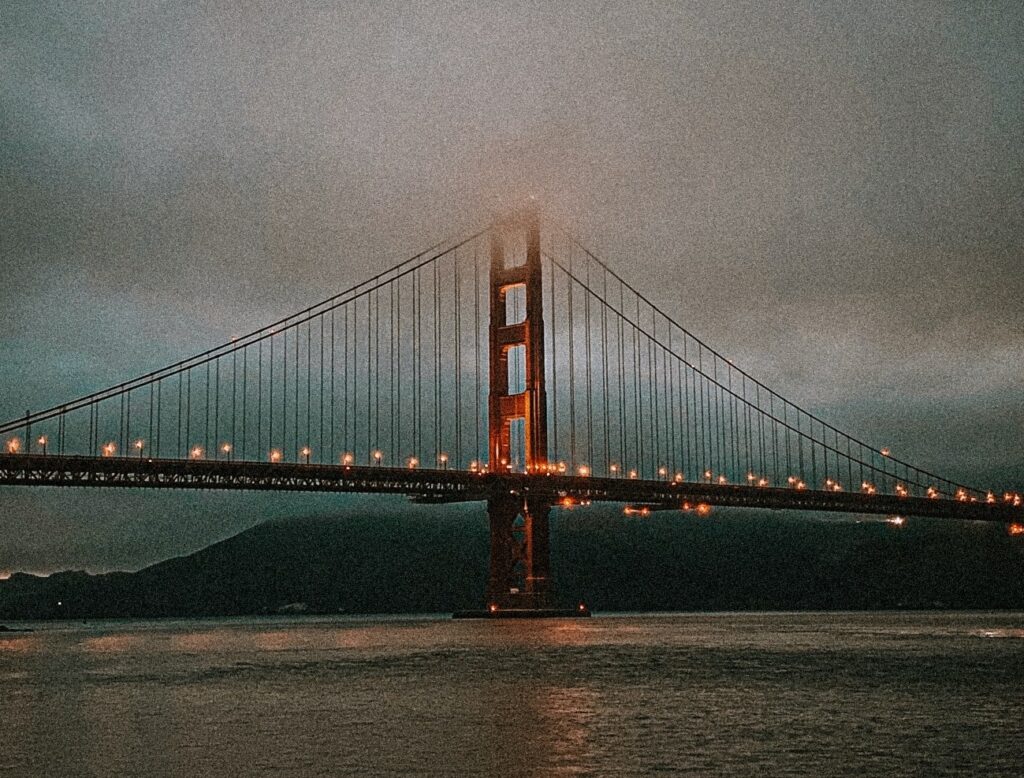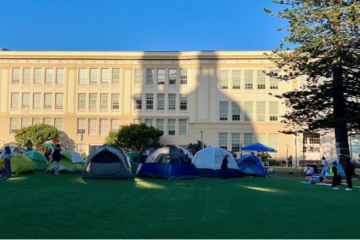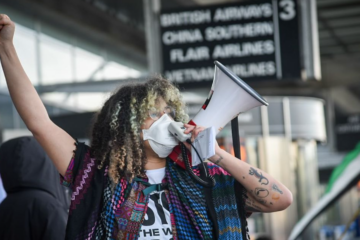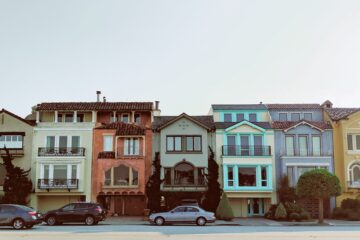Heavy Rainfall in the Bay Area Tied to Climate Collapse
As the little hill outside of my 4th Avenue house became a veritable deluge of dirty bathwater, pooling rain making the intersection nigh unusable for anything other than a lifted SUV, I threw on a wide-brimmed hat and hefted a garbage can to the sidewalk. I plunged my arms into the water and came up with fistfuls of garbage and leaves. The most satisfying vacuuming noise followed, the water on the sidewalk and pavement rushing into a just-formed vortex.
Like many, I came to this assignment through SF Water Power Sewer @MySFPUC, where locals can name and tend to drains like some might for patches of interstate. It gained popularity to do so in early January 2023 when the city and Bay Area at large was struck by intense downpours of rain. Early 2024 doesn’t look any drier. While this externality alleviates drought conditions, according to the New York Times, it also means we should get used to pet names for drains and drinking refurbished sewage waste.
Local Journalism for Working stiffs
We write for the poets, busboys, and bartenders. We cover workers, not ‘tech’, not the shiny ‘forbes 100 bullshit’. We write about the business on your corner and the beer in your hand. Join the Bay's best newsletter.
It’s official, not that it hasn’t been for a while: more rain is a result of a warmer climate. NPR reported in early December 2023 that the country has seen 40 to 50 percent more rain, especially in the midwest and northeast, throughout its many rainy seasons across the country. That’s because, in short, a warmer climate and a hotter atmosphere can hold more moisture. That means when it’s time for rain, or when a storm naturally occurs, the Megan Kirchmeier-Young, a research scientist at Environment and Climate Change Canada. “It used to be very rare,” Kirchmeier-Young says. “With a few more degrees of warming this will be fairly common.”
What might that look like in San Francisco? The Paris of the West’s future is still hard to make out. But if anyone was still wondering whether or not a hotter planet, fueled by the decimation of carbon sinks and a subsequent widening of holes in the ozone, wonder no longer. Former presidents, and sitting presidents, might waffle on how high a priority saving what remains of earth’s natural resources really is, ever inching closer to those three on-average degrees of warming the Paris Accords were meant to avoid. Don’t get it twisted: All that water in the city, gently sinking Salesforce Tower between roaring king tides and pernicious rainfall, is thanks to the plundering of the planet.

Howdy! My name is Katy Atchison and I'm an Associate Editor for Broke-Ass Stuart.
I want to take the time to say thank you for supporting independent news media by reading BrokeAssstuart.com. Supporting independent news sources like Broke-Ass Stuart is vital to supporting our community because it amplifies the voices of a wide variety of diverse opinions. You also help support small businesses and local artists by sharing stories from Broke-Ass Stuart.
Because you're one of our supporters, I wanted to send over a pro-tip.
Our bi-weekly newsletter is a great way to get round ups of Broke-Ass Stuart stories, learn about new businesses in The Bay Area, find out about fun local events and be first in line for giveaways.
If you’d like to get our newsletter, signup right here, it takes 5 seconds.








